November 3, 2015
Less than one year’s supply of office space now available in Central London 0
 Office occupiers are being forced to search further afield from traditional London commercial property centres as the vacancy rate of office space in Central London falls to a 15 year low. According to research from BNP Paribas Real Estate, at just 4.68 percent of total stock, the level of supply during the third quarter of the year was just 10.29m sq ft; equivalent to less than one years’ supply at current levels. Take-up to the end of September reached 10.78m sq ft, 18 percent above the long term trend, whilst the investment volume of £11.91bn is 28 percent ahead of the average. The West End’s office market was boosted by several large transactions involving Media Tech firms and take-up in Q3 2015 reached 1m sq ft, making the third quarter the busiest so far in 2015. The City is still attracting media tech companies, but there’s been a resurgence in traditional City occupiers from the professional sector.
Office occupiers are being forced to search further afield from traditional London commercial property centres as the vacancy rate of office space in Central London falls to a 15 year low. According to research from BNP Paribas Real Estate, at just 4.68 percent of total stock, the level of supply during the third quarter of the year was just 10.29m sq ft; equivalent to less than one years’ supply at current levels. Take-up to the end of September reached 10.78m sq ft, 18 percent above the long term trend, whilst the investment volume of £11.91bn is 28 percent ahead of the average. The West End’s office market was boosted by several large transactions involving Media Tech firms and take-up in Q3 2015 reached 1m sq ft, making the third quarter the busiest so far in 2015. The City is still attracting media tech companies, but there’s been a resurgence in traditional City occupiers from the professional sector.







 The commercial property markets in the world’s major cities are evolving against a backdrop of ongoing economic and political uncertainty, according to
The commercial property markets in the world’s major cities are evolving against a backdrop of ongoing economic and political uncertainty, according to 

 Large firms that occupy several separate floors in a prime office may need to pay tens of thousands of pounds more in rates, property managers have been warned. The decision by the UK Supreme Court on business rates in shared office buildings will lead to higher fees for many businesses in Scotland, according to commercial property experts at Colliers International. The firm says that the case of Woolway Valuation Office v Mazars, in which the Supreme Court held that businesses occupying space across several floors should pay separate rates for each, will lead to changes in valuations across the country that will cost firms millions of pounds. Up until now, such arrangements were charged as a “single occupation” and benefited from economies of scale. Paying for two separate sets of rates is likely to be more expensive, and the court decision even allows for the changes to be implemented retrospectively.
Large firms that occupy several separate floors in a prime office may need to pay tens of thousands of pounds more in rates, property managers have been warned. The decision by the UK Supreme Court on business rates in shared office buildings will lead to higher fees for many businesses in Scotland, according to commercial property experts at Colliers International. The firm says that the case of Woolway Valuation Office v Mazars, in which the Supreme Court held that businesses occupying space across several floors should pay separate rates for each, will lead to changes in valuations across the country that will cost firms millions of pounds. Up until now, such arrangements were charged as a “single occupation” and benefited from economies of scale. Paying for two separate sets of rates is likely to be more expensive, and the court decision even allows for the changes to be implemented retrospectively.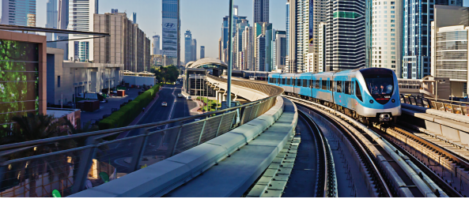
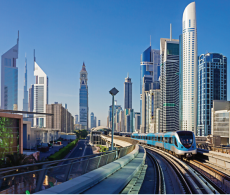 Newly published research
Newly published research

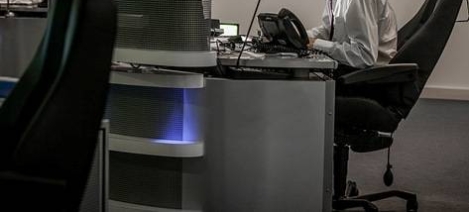
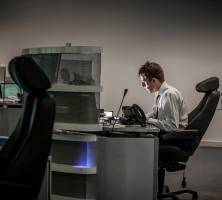



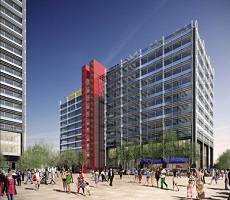
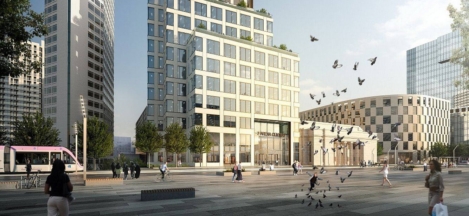
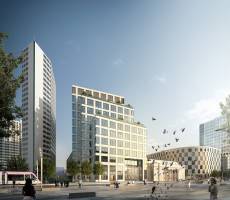









September 9, 2015
The way we talk about workplace productivity needs another dimension
by Mark Eltringham • Comment, Facilities management, Workplace, Workplace design
(more…)